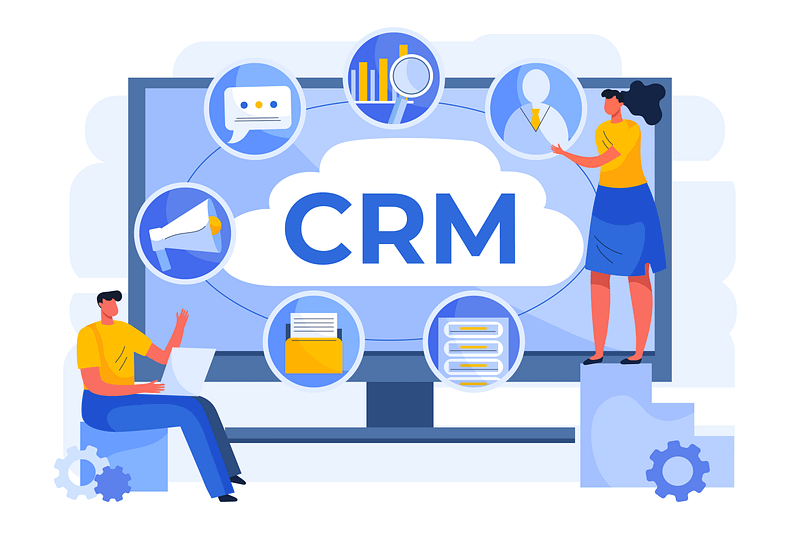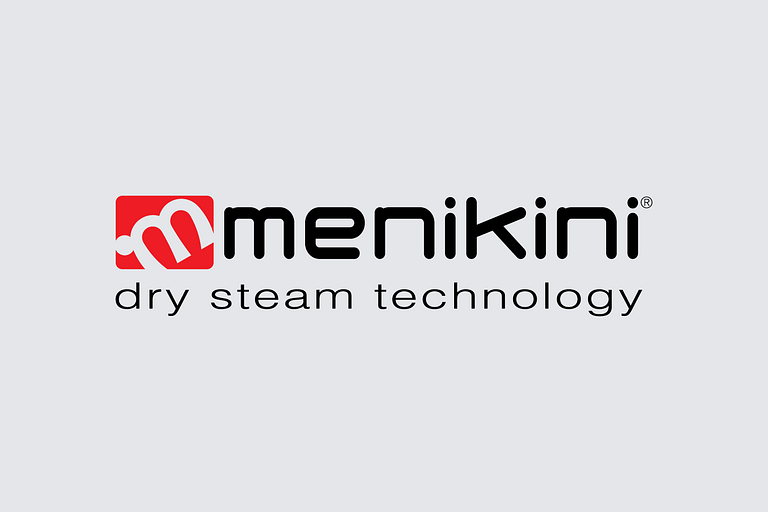In today's business world, where competition is increasingly fierce and customer expectations are constantly changing, increasing productivity has become a top priority for companies of all sizes and industries.
In addition to seeking high-quality products and efficient services, customers want highly personalized experiences. They want to feel unique and recognized as individuals, not just as anonymous consumers. They also expect to be able to interact with brands on any communication channel, whether online or offline, and at any time of day. This means that companies must always be available and ready to respond to customers' needs, providing quick answers and immediate solutions to their problems.
In recent years, the market has moved toward a customer-centric approach, where the customer is at the center of everything. It is no longer enough to offer a good product or service; it is critical to build meaningful relationships with customers and offer personalized experiences that reflect their individual needs and preferences. Companies that succeed in putting the customer at the center of their strategies are bound to stand out and thrive in an increasingly competitive and consumer-driven marketplace.
In this context, implementing a Customer Relationship Management (CRM) can be a key tool for business success. Let's look at how a CRM can help increase productivity and improve overall business performance.
What is a CRM and how does it work?
A CRM is a software system designed to manage customer interactions, including sales, marketing, and customer service activities. The main objective of a CRM is to centralize and organize customer data, enabling companies to track and manage customer relationships more effectively.
Let's look in detail at what the benefits of a CRM are.
Increased operational efficiency
A CRM helps improve operational efficiency by automating manual and repetitive processes. For example, you can automate manual and routine tasks, such as sending personalized follow-up emails that encourage loyalty, creating automated reports, or automatically assigning tasks, allowing teams to focus on value-added activities instead of administrative tasks.
The automatic distribution of tasks to be performed ensures that each task is assigned to the team member best suited to handle it, based on the skills, availability and priority of the task. This optimizes human resources and ensures that tasks are completed in a timely and efficient manner, thus helping to improve the company's overall operational efficiency.
In addition, automation of routine tasks allows the sales force to devote themselves to more uplifting and rewarding tasks, increasing job satisfaction and, consequently, the overall productivity of the organization.
Better customer relationship management
Through a CRM system, customer information becomes easily accessible and is updated in real time. This enables sales and customer service teams to provide more personalized and timely service, improving customer satisfaction and strengthening business relationships.
With a well-implemented CRM, companies can take advantage of upselling and cross-selling opportunities by easily identifying customer needs and preferences and suggesting complementary products or services. This approach not only increases revenue, but also strengthens the relationship with the customer by demonstrating care and interest in their needs.
In addition, a CRM is a powerful tool for providing high-quality customer service. By enabling the efficient recording, tracking, and resolution of customer inquiries, CRM improves the overall customer experience and fosters loyalty.
To make customer service even more effective, many companies are adopting chatbots integrated into their CRM. Chatbots can instantly answer customers' frequently asked questions, provide information about products or services, and direct inquiries to human operators when necessary. In addition, predefined scenarios can be created to ensure consistent and accurate responses even in the absence of human operators, improving efficiency and customer satisfaction.
In-depth analysis and better decisions
In addition to managing contacts and sales, a CRM offers a wealth of data that can be leveraged to improve a company's overall business strategy. Using CRM's built-in analytical tools, customer data can be examined for trends, behavior patterns, and unmet needs.
This data can reveal valuable information about which products or services are succeeding and which may need improvement or adaptation. Using the data collected by CRM, new targeted offers can be developed to target the right audience segments. This data-driven approach allows offers to be tailored to specific customer needs, increasing the likelihood of success and improving overall customer satisfaction.
By fully exploiting the potential of CRM data, companies can improve their business strategy and gain a significant competitive advantage in the market.
Practical advice
Here are some practical tips for using CRM efficiently and maximizing your company's potential:
Ensure all data is current and quality: Maintain a clean and up-to-date database by removing duplicate or outdated data and ensuring that all information is correct and complete. This will help you make more informed decisions and provide better service to your clients.
Standardize processes: Define clear, standardized processes for using CRM so that all team members are aware of how to use the system consistently. This will increase efficiency in carrying out daily activities.
Centralize information: Use CRM as a single, centralized source of information about customers and business activities. This will prevent the dispersion of data across multiple platforms.
Define clear tasks and roles: Ensure that each team member has clearly defined tasks and responsibilities within the CRM. Clearly define roles and expectations for each person involved in using the system.
Train staff: Ensure that all team members are properly trained in the use of CRM and understand its benefits. Ensure regular training sessions and ongoing support to ensure that everyone is able to use the system effectively.
Take advantage of automation features: Use CRM automation features to streamline processes and reduce manual workload. For example, automate sending follow-up emails or creating reminders to ensure that no important tasks are overlooked.
Monitor and measure performance: Use the reports and analysis provided by CRM to monitor team performance and identify any areas for improvement. Use this information to make adjustments to processes and optimize sales and marketing strategies.
Integration with other platforms: Make sure your CRM is integrated with other platforms and tools used by your company, such as email, calendars, and sales management systems. This will ensure a seamless workflow and greater overall efficiency.
Maximizing Business Productivity with Odoo CRM
DueEsseTi offers Odoo CRM, a comprehensive, scalable and highly customizable cloud solution that can help companies streamline their operations and maximize productivity.
Odoo's CRM solution is a comprehensive suite that includes: contact management, calendar, CRM, sms marketing, email marketing, social marketing and marketing automation. It can also be integrated with other modules of the Odoo platform.



